Iguazu Falls, Argentina/Brazil
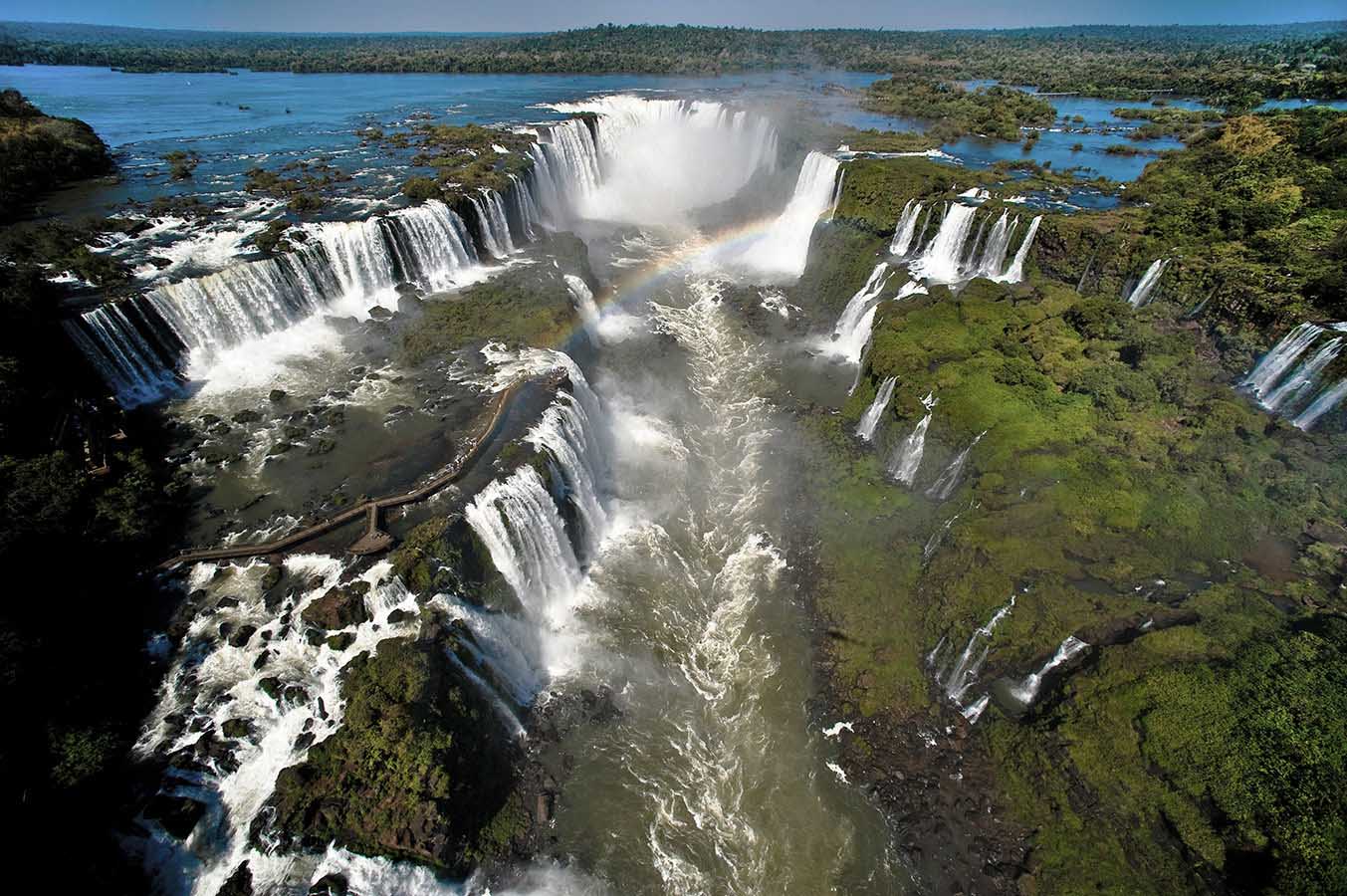
About Iguazu Falls
The exquisite Iguazu Falls are also known as the Iguassu Falls and the Iguaçu Falls. The magnificent spectacle of these 275 individual drops has awed tourists, locals and indigenous inhabitants for centuries. They originate from the Iguazu River and are located on the border of Brazil (in the state of Paraná) and Argentina.
Voted as one of the Seven Natural Wonders of the World, the Iguazú Falls are undoubtedly the most visited place in Misiones and one of the most imposing natural attractions in the world.
When you think of waterfalls, the first names that automatically come to mind are of the dramatic Niagara Falls and the magnificent Victoria Falls.
Now, the Niagara Falls are undoubtedly the world’s most famous, the Victoria Falls are surely the world’s largest, but the Iguazú Falls are unhesitatingly the most impressive and exquisite! During a trip to Argentina, it’s something you just cannot miss!
The name of the falls originates from the Tupi or Guarani language, and means “big water”. While the ancient Brazilian tribes knew of its thunderous beauty, it was only officially ‘discovered’ in 1541, when the European explorer, the Spanish Conquistador Álvar Núñez Cabeza de Vaca, came across its awe-inspiring beauty.
Today, the falls are owned by the two UNESCO World Heritage Sites – the Iguazú National Park in Argentina and the Iguaçu National Park in Brazil.
Taller than Niagara and wider than Victoria, the Iguazú Falls are the result of a volcanic eruption that left a large crack in the earth. The waterfall system consists of 275 falls along 2.7 km (1.67 miles) of the Iguazú River.
The Iguazu Falls stretch in width for 2.7 kilometres (or 1.7 miles). Their height varies between 60 metres (200 feet) and 82 metres (or 269 feet). This makes the Iguazu Falls taller than Niagara Falls and twice as wide.
A large proportion of the water is thrust down Devil’s Throat, a long chasm that is 82 metres high, 150 metres wide and 700 metres long. This chasm has a distinguishing U-shape. Interestingly, there are several islands within the river and the falls.
Two thirds of the falls are within the Argentine territory. If you wish to see and ‘feel’ the falls from a height, then that’s best done from the Argentine side.
The Argentine side has two basic viewing circuits – an upper path and a lower path.
The upper path offers exhilarating panoramic vistas and dizzying views from a footbridge/catwalk vantage point – truly an unforgettable experience! There may be some occasional mist.
Things To Do In Iguazu Falls
.Jet Boat Safari
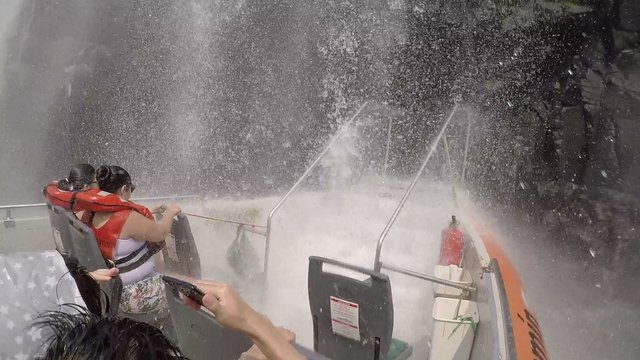
The Macuco Jetboat safari is the most fun you’ll ever have in rushing water. After a buggy ride through the jungle and a short hike on a rainforest path, you come to the calm Iguassu River where you board a powerful twin-engine jet boat.
This thrill ride takes you right into Devil’s Throat where you run rapids and drive right under the thunderous falls located on the Argentinian side of the border.
.The Catwalk of Iguassu Falls
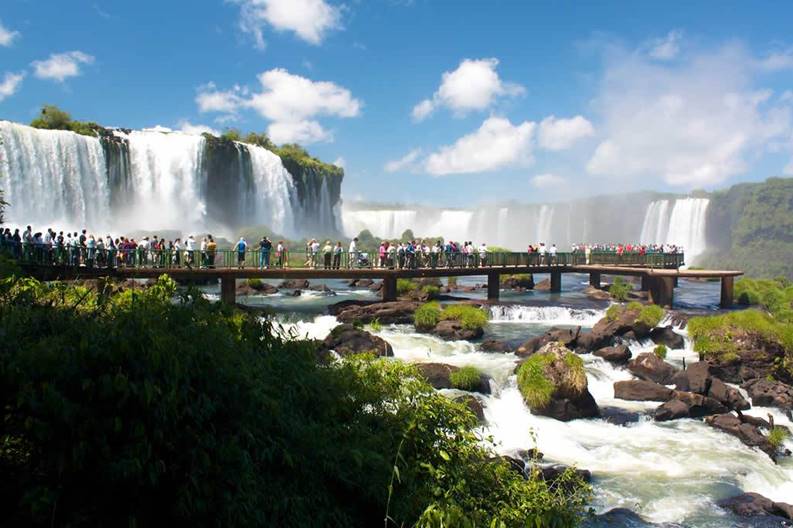
Okay, I know I said there are a lot of things to do in Iguassu Falls besides viewing the water falls, but you have to make sure you give them ample time too.
The best way to explore Iguassu Falls is to stay at least one night at the Belmond Hotel das Cataratas inside the park. It is on the expensive side, but it is the only hotel in the National Park and by staying here, you have access to the trails along the falls and the catwalk leading into the horseshoe at sunrise and sunset.
.South American Cultural Show
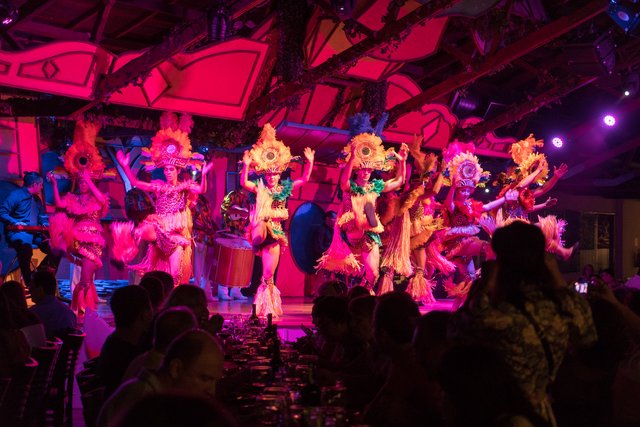
At the Rafrain Churrascaria restaurant, there is an excellent dinner and show where you can enjoy typical Brazilian food like a Brazil Barbeque, while watching talented performers take you through the history and culture of South America.
I’ll be honest, we weren’t sure if we would enjoy this or not, but we ended up loving it. The music was contagious and the performers were brilliant. There was the showstopper where a man performed a traditional skill of twirling solid balls around his head. He even twirled them at break neck speeds around a guests head!
.Chinese Temple
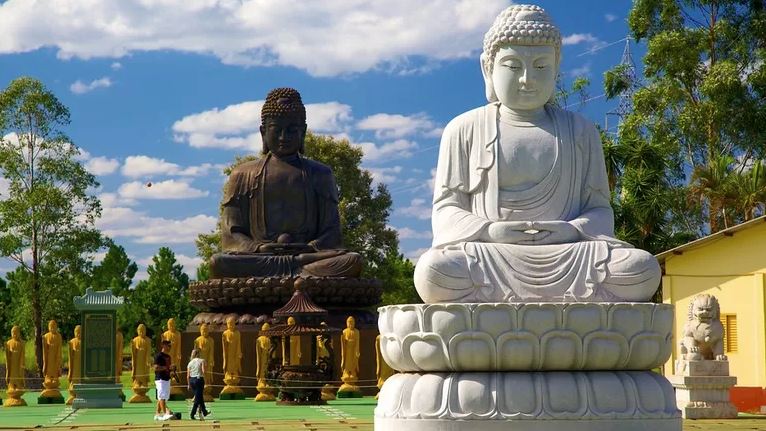
Who would have thought there’d be such a giant Chinese Temple in South America? But the Chinese Temple in Iguassu is a beautiful display of typical Chinese architecture and folklore. Big Buddha Statues line the yard surrounded by massive guards. You can get a map from the gate to explore on your own, but if you go with Bliss Tours, they’ll be able to inform you of everything that you see.
.Itaipu Dam Tour
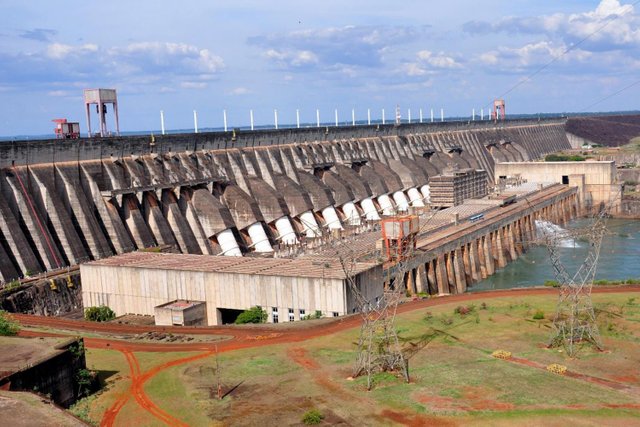
It was once the largest Dam project on earth. It is now only second to China’s infamous Three Gorges. For sheer engineering genius, the Itaipu Dam is worth visiting.
This two-hour tour takes you into the facility where you see how the Iguassu River’s water is harnessed for energy. All three country’s; Paraguay, Argentina and Brasil benefit from this hydroelectric dam. Keep your hard hat on because you even get to take an elevator deep down to the depths to see the power station and feel the heat generated by the surging water.
Best Food To Eat In Iguazu Falls
CHIPA GUAZU: A salty corn pie using corn on the cob, onion, eggs and cheese. The name chipa is used for several dishes that also contain corn flour, but this type of chipa is eaten with mate cocido (mate in a tea bag) or as a side dish. The word guazu in the Guarani language means grande (it’s the biggest kind of chipa) and was extremely important as it was used to feed people in the Triple Alliance War (1856).
CHIPA: Similar to the first kind of chipa, but instead using manioc starch instead of corn flour. This recipe was originally from the indigenous Guaranies, but with the arrival of the Jesuits they added some new ingredients such as eggs and cheese (they used to prepare it only with water). This is perfect for breakfast or for accompanying mate (but then again, isn’t everything?). This type of chipa is very popular in Paraguay, Argentina (Corrientes, Misiones, Formosa, etc) and in Brazil, where it’s called pao de queijo (cheese bread).
SOPA PARAGUAYA: This salty sponge cake is quite caloric due to the usage of corn flour (thinner than polenta), fried onions, eggs, milk, cheese and corn oil. The Guaranies cooked them wrapped in banana leaves and placing them straight into the hot coals. Nowadays, of course, the oven is used instead.
MANDIOCA OR YUCA: This is actually a root of a plant, containing special minerals and proteins due to its contact with the soil. Because of this, it’s been the base of both the Guaranies’ diet as well as other indigenous populations from South America. You can try it simply boiled or, if that’s too healthy for you, fried. Yuca is often used to replace potatoes: in salads, gnocchi, or even as a side dish.
DORADO, BOGA, SURUBI O PACU: Try one (or all) of these four kinds of fish from the Parana River and lower Iguazu River on your trip to Iguazu Falls. In the restaurants they’re prepared grilled, fried or baked, and can also be used as empanadas filling! Yummy!
Best Hotels
Hotel Melia
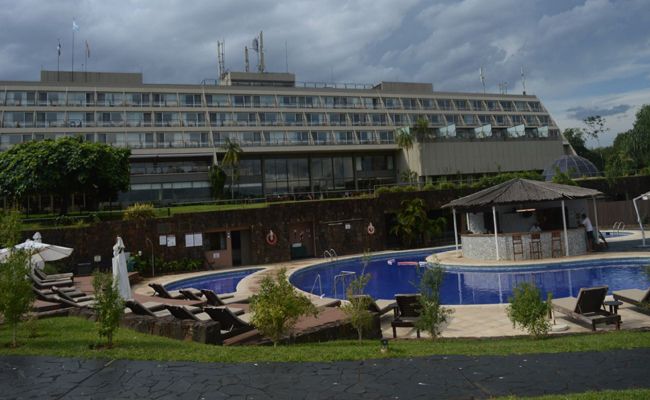
Awa Resort Hotel
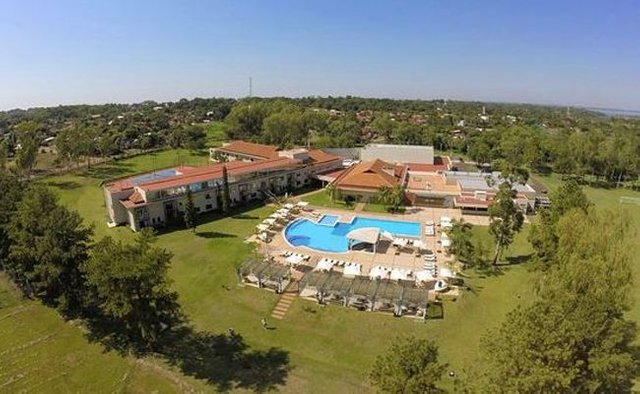
Hotel Urbano Posadas
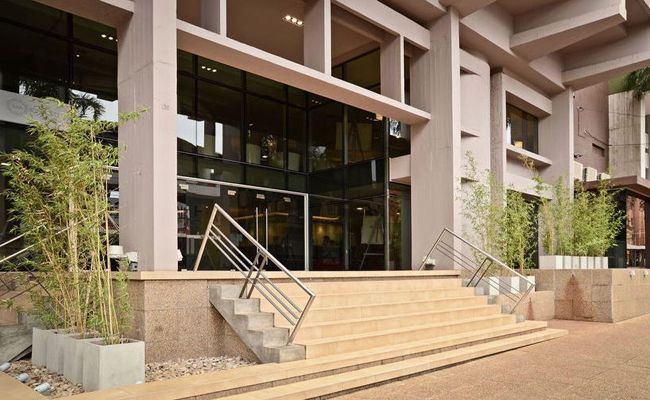
Julio Cesar Hotel
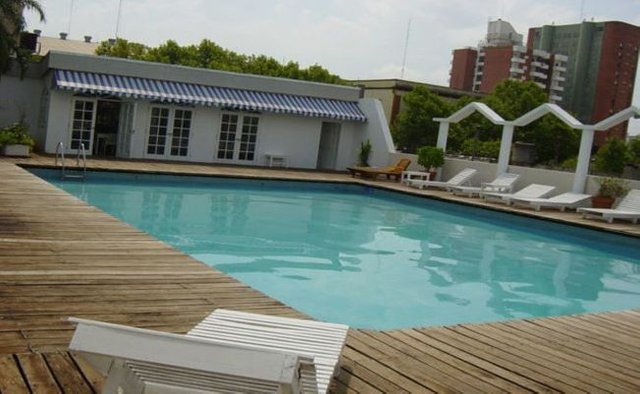
Maitei Posadas Hotel & Resort
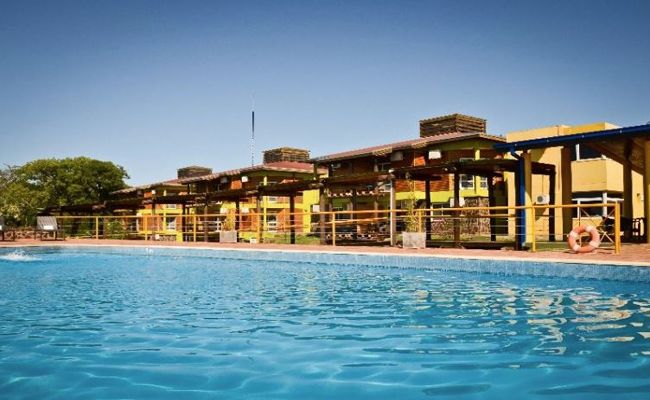
Map Of Iguazu Falls

Hope You Guys Liked It
Follow Me @sam1983
Resteem